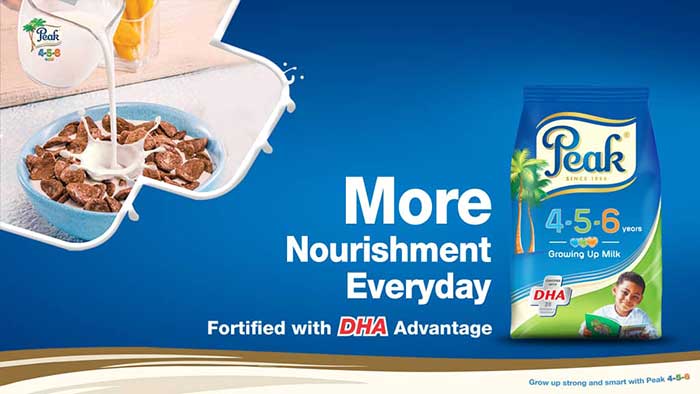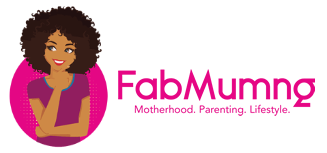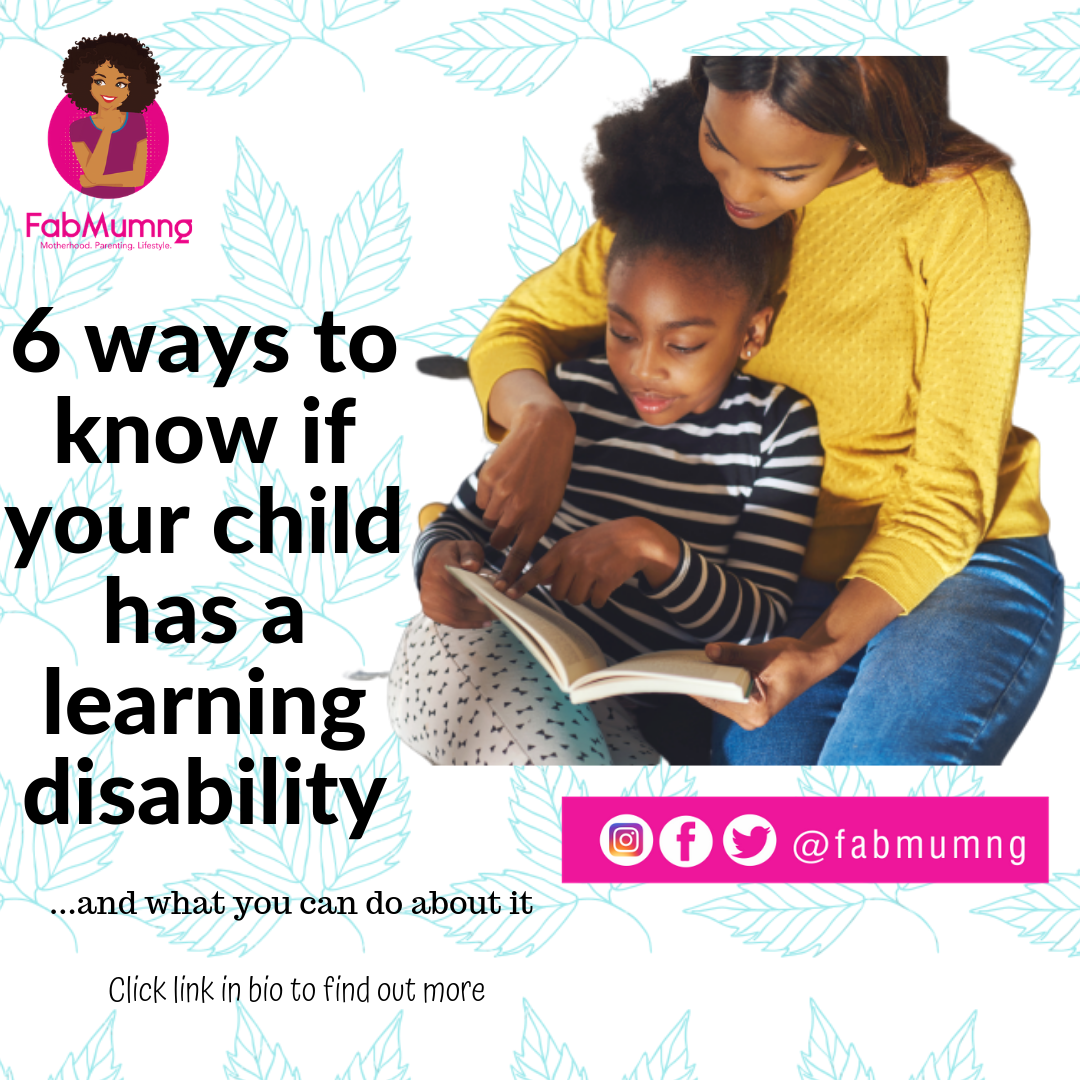
Ever feel like grocery shopping is like cracking a secret code? Those tiny print food labels can be confusing, even for the most seasoned mums. Do not be afraid! fellow warriors of the supermarket aisle! This guide to food labels will transform you from an overwhelmed shopper to a food label-reading champion, ensuring you choose the healthiest options for your little munchkins (and yourself!). Let’s crack this code, mums!
The Nutrition Facts Panel: Your Secret Weapon
First things first, locate the Nutrition Facts panel. It’s like a tiny nutritional report card for the food. Here’s how to translate the key sections:
Serving Size: This is crucial! Everything else listed is based on this amount. Don’t be fooled by tiny packages with seemingly low numbers – check how many servings are actually in there!
Calories: This tells you how much energy the food provides.
It’s not about good or bad, but about matching your child’s needs. Active little explorers need more fuel than couch potatoes (don’t worry, we’ve all been there!).
Fat Fighters: Not All Fats Are Created Equal
Total Fat: This number might seem scary, but don’t panic! Our bodies need some healthy fats for brain development and growth.
Focus on “good fats” like polyunsaturated and monounsaturated fats, which are often found in things like avocados, olive oil, and nuts (watch out for allergies, mums!).
Limit the “bad fats” – saturated and trans fats – which can be found in processed foods and fried stuff.
Sugar: Unveiling Te Sweet Truth
Total Sugars: This includes naturally occurring sugars in fruits and added sugars.
Naturally occurring sugars are okay, but added sugars can sneak in everywhere – syrups, candy, and even some yogurts!
The lower the number, the better. Become a sugar detective and scan the ingredients list for sneaky sugar culprits like “high fructose corn syrup” which you find in food labels.”
The Mighty Micronutrients: Power Up with Vitamins and Minerals
Vitamin D: This sunshine vitamin helps build strong bones. Look for foods fortified with vitamin D, like milk or yogurt.
Calcium: Another bone-building superstar! Dairy products are a great source, but leafy greens can also pack a calcium punch.
Iron: This keeps your little energizer bunny going strong. Iron-fortified cereals and lean meats are iron-rich champs.
Beyond the Basics: Decoding Other Label Lingua
- “Organic”: This means the food was produced without synthetic pesticides or fertilizers.
- “Whole Wheat”: Look for this on breads and pastas. Whole grains provide more fiber and nutrients than refined grains.
- “Low Sodium”: Too much sodium can raise blood pressure. This is especially important to watch for young children.
Lastly, let’s make this a Family Affai
r!Turn label-reading into a fun game! Challenge your child to find the number of servings or spot a hidden sugar source. This fosters healthy eating habits from a young age.
Also Read: Building Strong Foundations: Importance Of Calcium For Child Bone Health
Mum, You Got This! You don’t have to memorise everything, hoping they will guide you in reading food labels. Start by focusing on a few key things at a time.
The more you practice, the easier it becomes.
These little victories add up to big wins for your family’s health.
So, grab your grocery list, and your little co-pilot, and get ready to conquer the grocery store with your newfound label-reading superpowers!
For more tips and tricks on healthy nutrition, visit the Peak 456 website.



